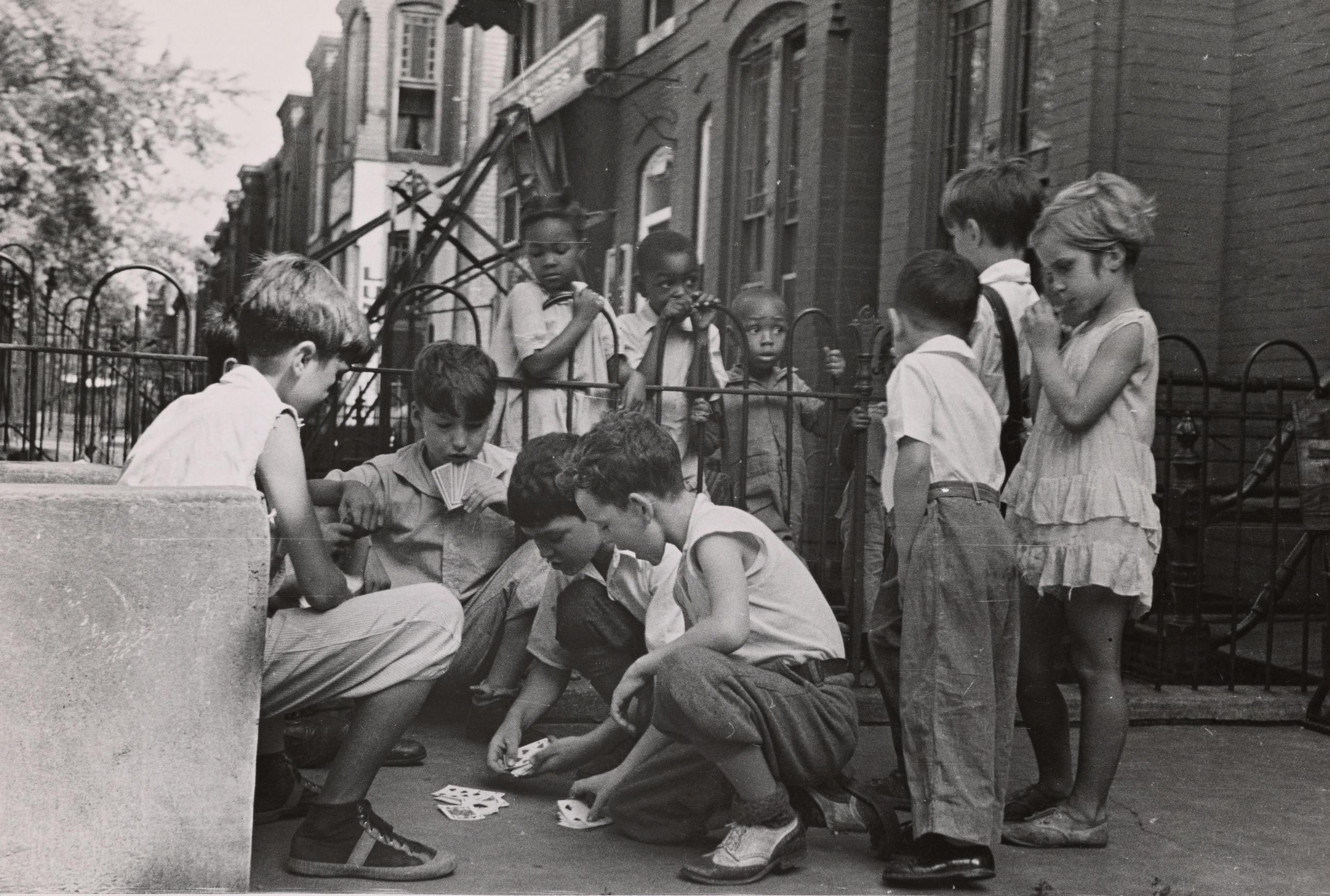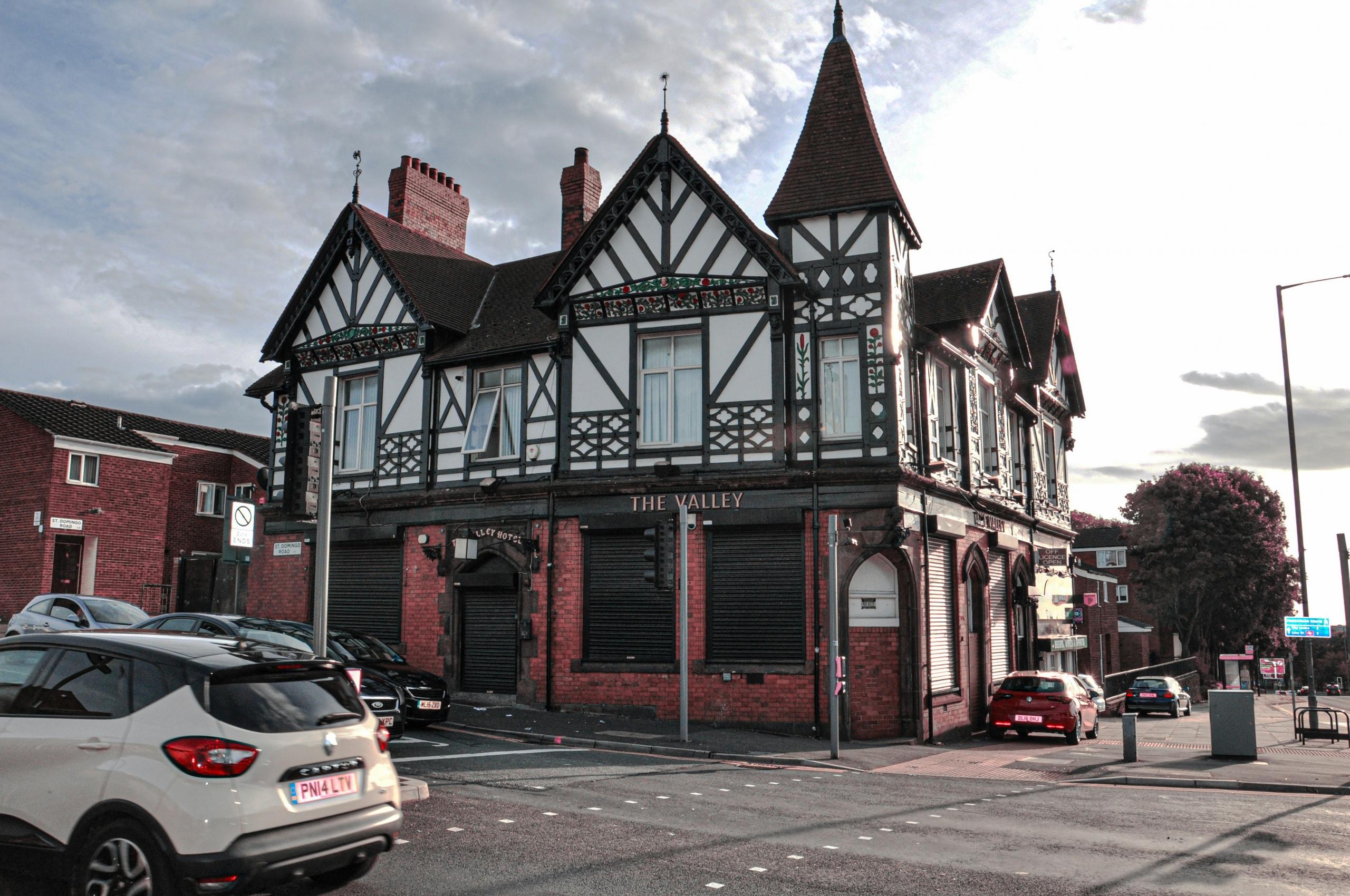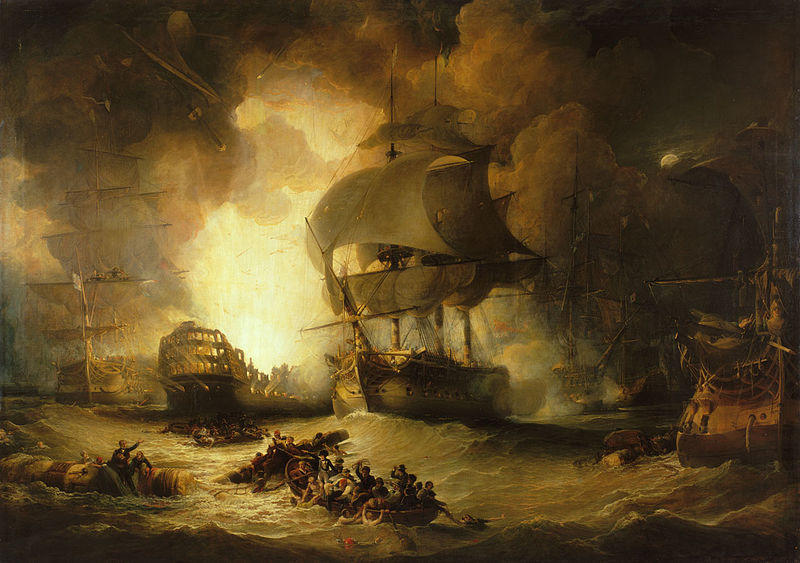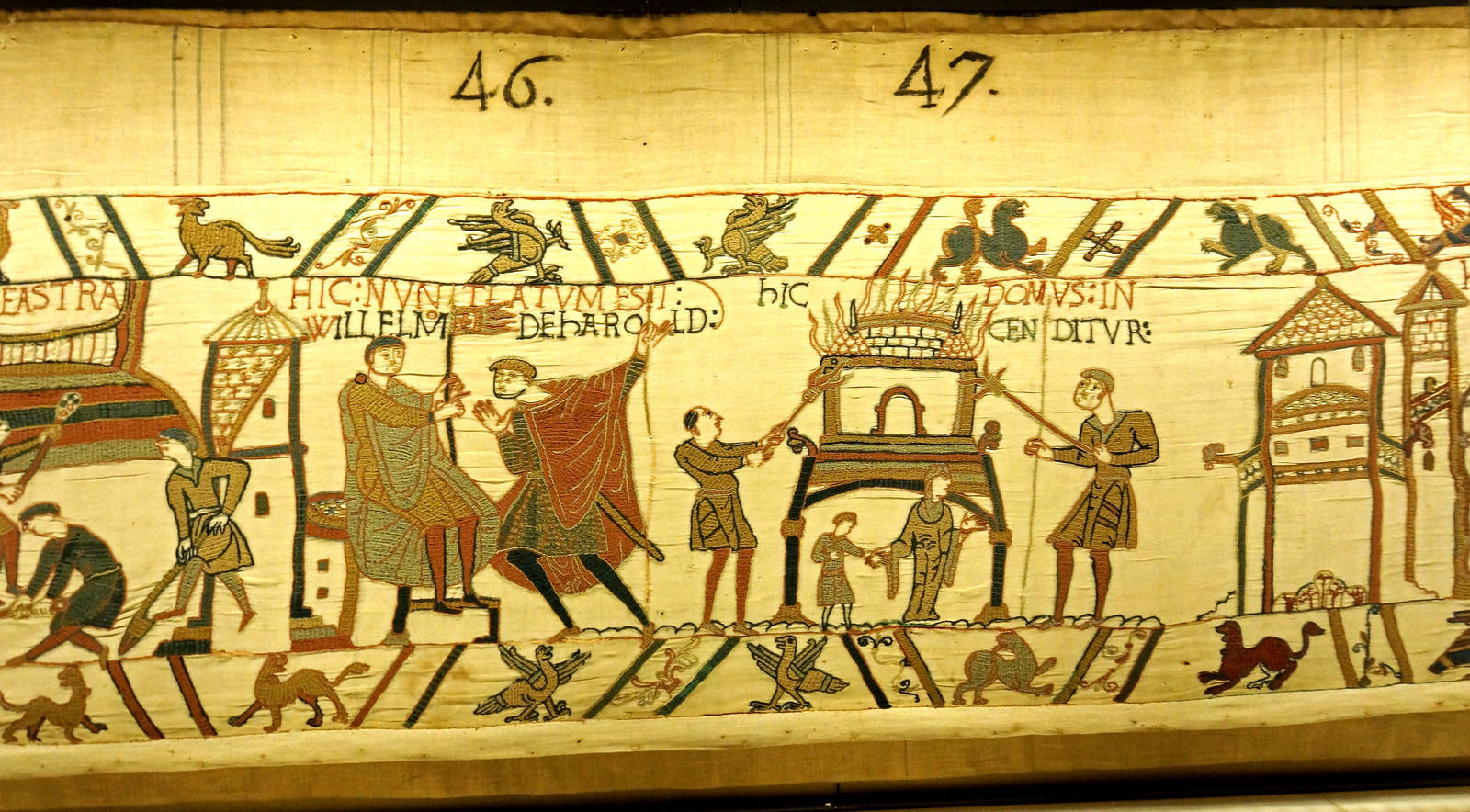The global women’s rights movement has emerged throughout history with different currents to advocate and defend feminism and equality in society. In general, terms defining feminism would include the series of political, economic and social campaigns that relate to women’s rights.
If you have asked what is a feminist, it is helpful to look at the beginnings of feminism and how women’s rights issues first came into the spotlight.

The Beginning of Feminism until the 19th Century
Exploring a feminism definition means looking back as far as the 3rd century BC when evidence of organised protests against the limitations against women exists. In one event, Roman women stormed Capitoline Hill blocking entrances to protest laws that limited women’s use of expensive goods. Even though the rebellion made an impact, only a few voices actually spoke out against the inferiority of women.
Similarly, during the middle ages in Europe, women were not allowed to own property, study or contribute to political, social or economic society. Women’s rights movements resisted the fact that a brother, father, husband or son had to represent the business of women. Furthermore, women were excluded from education and professional life. Sadly, the duty of reproduction was considered their only role.
Philosopher Christine de Pisan who was known for her work regarding women’s rights during the early 15th century in France helps with defining feminism. Not only did she challenge the conditions and status of women, but she also made a bold call for female education.
Even though there were several emerging feminists during the Renaissance, it was not sufficient to form a coherent movement or philosophy.
Looking at the feminism definition during the Enlightenment period reveals a resistance to social class, race and freedom inequalities. During the Enlightenment period, philosophers focused on and debated the inequities of social class, freedom, and caste. On the downside, they did not live up to the question of what is feminism when they wrote the Declaration of the Right of Man and the Citizen, but failed to address the legal standing of women and even qualified them as 'silly and frivolous'.
On the other hand, male philosophers like Jeremy Bentham and Marquis de Condorcet were fierce defenders of women’s rights, their equality and their right to participate politically.
This period truly began to answer the question of what is a feminist as intellectuals began defining feminism through intellectual reasoning and philosophical writing. It was a time when the answers to what is feminism were found in reformed discussions about the meaning of liberty, equality and natural rights.
In 1791, Olympe de Gouges published the Declaration of the Right of Woman and of the [Female] Citizen. The text challenged the feminism definition of the day by urging them to become not only the equals of men but also their partners.
In 1792, Mary Wollstonecraft took the idea further when she published A Vindication of the Right of Woman. This book challenges the idea that women exist only to please men. She highlighted both the upbringing and education of women to be the main reasons for the limitations.
Wollstonecraft’s feminism definition laid out the idea that men and women be provided equal opportunities with regard to work, education and politics in a way that would bring an end to the inequality of both genders.
The 19th-century women’s rights movement was the beginning of an era of extreme activism throughout the United States and Europe.
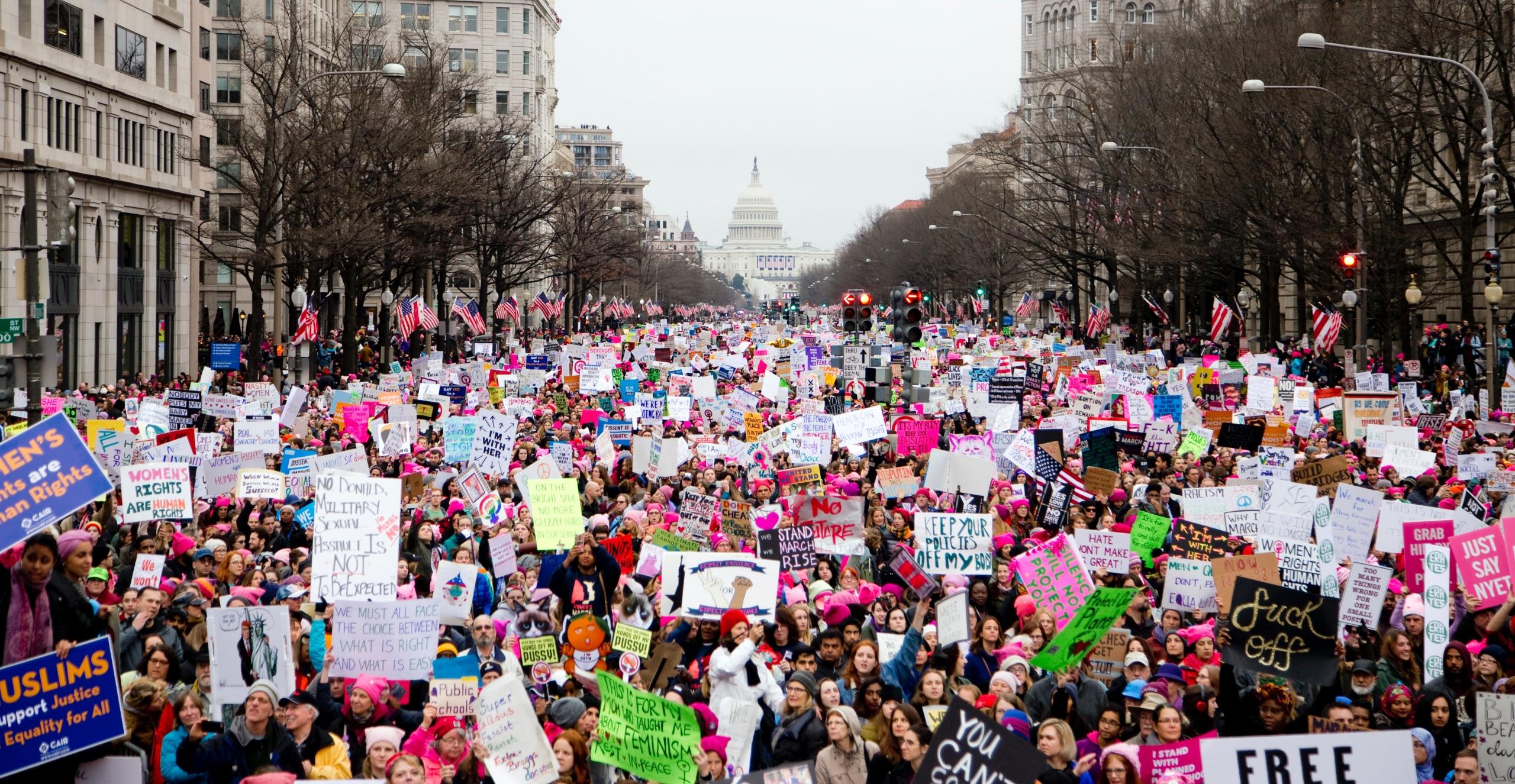
First Wave Feminism
To answer the question what is feminism, it’s important to understand the origins of first-wave feminism which occurred during the 19th and early 20th centuries in Western countries. This period was largely characterised by legal issues, especially the right for women to vote.
This inherent prohibition of women in society's political and public life was expressed by authors such as Mary Wollstonecraft and her peers. In defining feminism, Wollstonecraft’s main ideas were to expand upon Rousseau's democratic models for society, where gender equality was made key.
Her first feminist presentation in 1792, A Vindication of the Rights of Woman, supported the social and moral equality of both sexes. In defining the description of what is a feminist, she was famous for speaking openly about her views regarding the inclusion of women in public life and also fair education. In terms of answering what is a feminist, Wollstonecraft is a typical example. Not only did she break through traditional gender roles, but she was a ground breaker for feminism and women’s movements throughout the world.
First-wave feminism in the United States was thought to have ended with the 19th amendment to America’s 1920 constitution which allowed women to vote. The beginnings of this suffrage movement, however, date back to 1869 when Susan B. Anthony and Elizabeth Cady Stanton began a 30-year journey that was to encourage women to protest in the streets to achieve the right to vote.
The United Kingdom went through a similar period which was marked by the setting up of the Langham Place committee in 1866. This was later named the London Society for Women’s Suffrage in 1867. As a very active group that spread across the country they raised petitions and wrote feminist articles, however despite gaining political experience, their progress was slow in terms of the evolution of women’s rights.
Even though women achieved suffrage in western countries, there was still much to protest in terms of their other rights to participate in public life.

Second Wave Feminism
The second wave of the women's rights movement continued after the events of first-wave feminism, and occurred during the period between the 1960s and the 1990s.
It began by demonstrating how cultural and political inequalities were inseparably linked. Second Wave Feminism emerged during the context of the civil rights and anti-Vietnam war movements. It grew the development of consciousness in minority groups throughout the world.
As mentioned, even though suffrage had been achieved in many parts of the world, other exclusionary issues resulted in women addressing overall patriarchal structures. In the United States, the goal of the second wave focused on the passing of the Equal Rights Amendment to the Constitution to guarantee social equality regardless of sex.
Despite progress made for white women, there remained inequality for indigenous, black and working-class women. These groups, which were alienated on many fronts were typically the focus of second-wave feminism.
Third-Wave Feminism
Third-wave feminism which began in the early 1990s was informed by post-modern and post-colonial thinking. Resulting from the failures and criticisms of the second wave, it constructed a broader definition of femininity to include the understanding of sexuality and gender outside of heterosexual binary norms.
One of the biggest challenges of the third wave was to not repeat the errors of the second wave, where prohibition and intersectional social complications were evident in the feminist debate. The third wave was a great reminder that the rights of women should not be taken for granted. Opposing voices argued that gender equality had already been achieved during the first two waves and that further discussion was unnecessary. Some even said that it pushed women’s rights too far in their favour.
Third-wave feminism did much to create and spread the type of consciousness that invited women to answer the question of what is feminism for themselves.
This evolution raises the question of whether feminism could see further changes with every generation and individual.
What is Feminism Now?
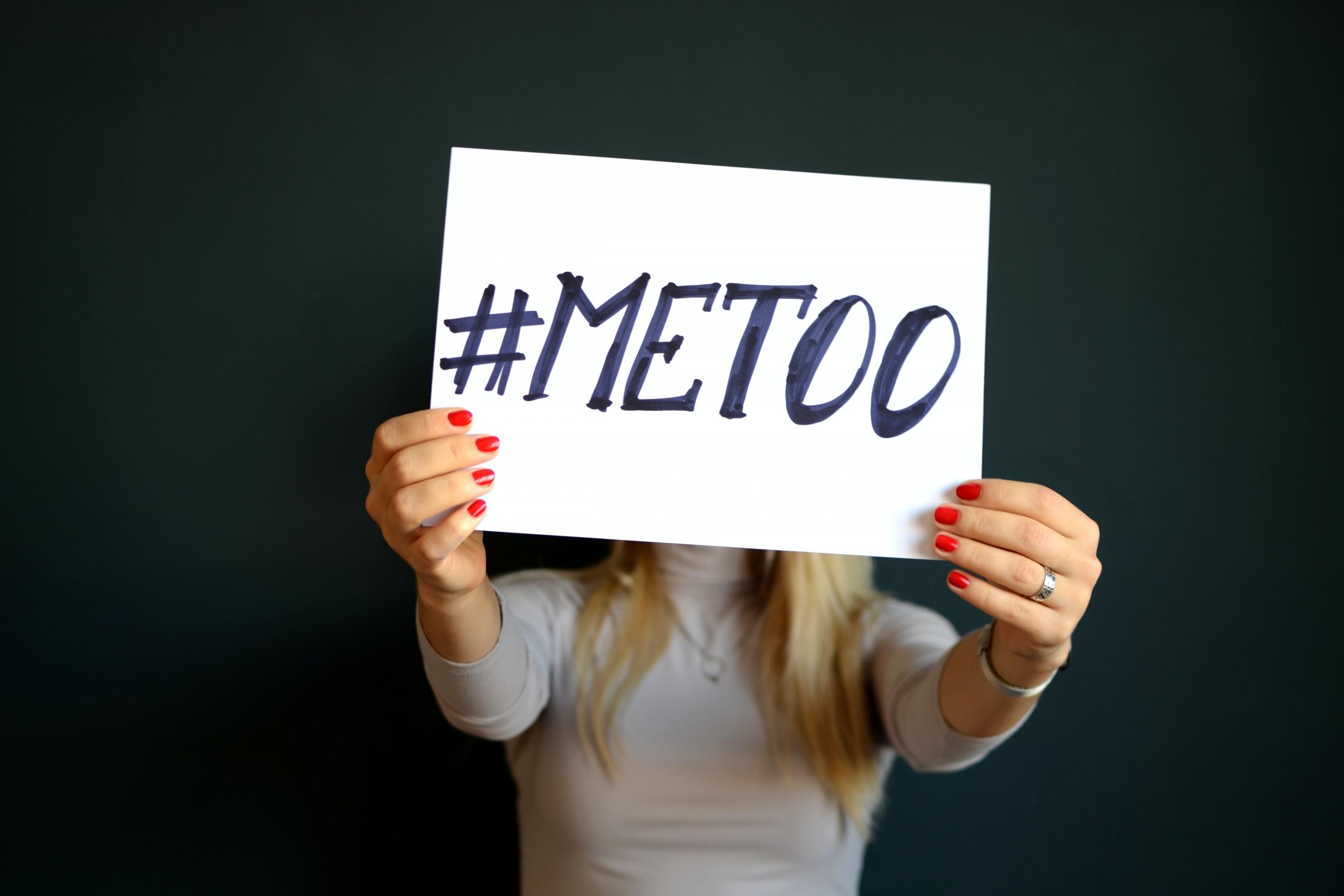
Fourth wave feminism which began around 2012, is ongoing today, its main emphasis is on women's empowerment and intersectionality and is being loudly addressed through digital technology like the internet.
The internet plays a crucial and universal role for women of all backgrounds today who desire to speak up about sexual abuse, violence, harassment, sexism and objectification. The #MeToo movement has allowed women to freely speak up on sensitive topics without the associated shame that has previously marginalised them. Issues like intersectionality of women’s bodies, colour and transgenderism are among those receiving widespread attention.
However, not unlike former waves, current criticism for the fourth wave is that it is largely dependent on having access to technology and a digital device which in itself is exclusionary and not in fact, democratic. Forerunners argue that technology is the catalyst for keeping gender, race and class issues alive in our generation.

















